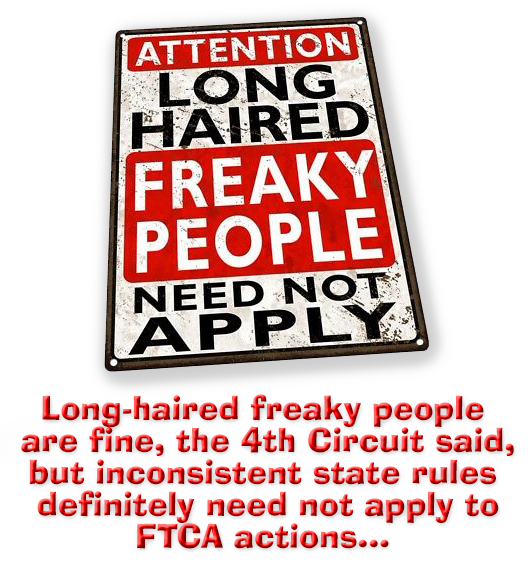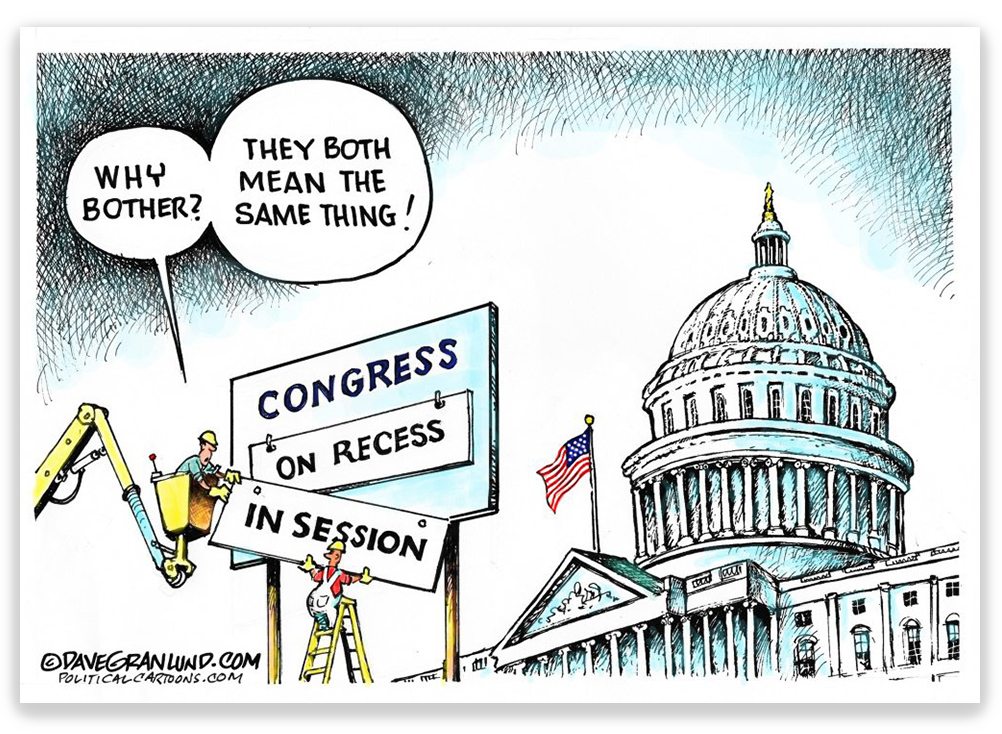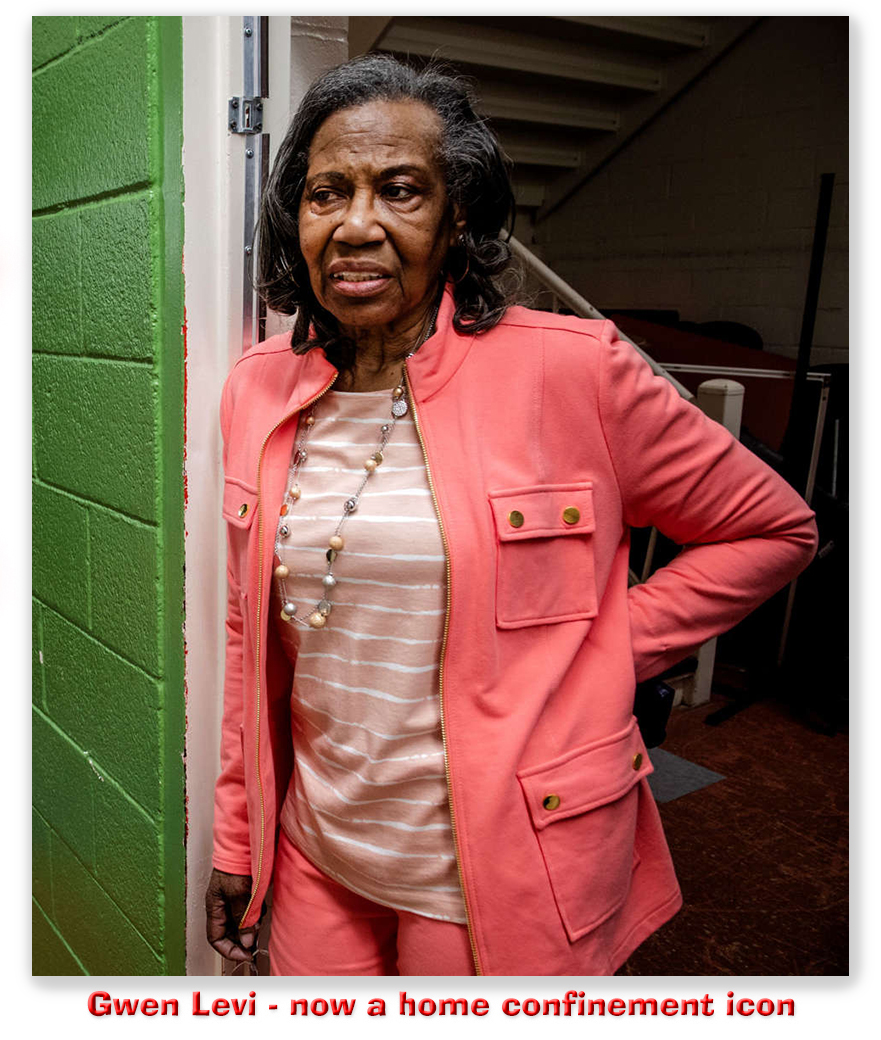We post news and comment on federal criminal justice issues, focused primarily on trial and post-conviction matters, legislative initiatives, and sentencing issues.

JUST WHEN WE THOUGHT WE WERE DONE WITH COVID
The Delta variant of the coronavirus is gaining a foothold in the Federal Bureau of Prisons, just as it is in the rest of the country. As of yesterday, the U.S. was again charting 100,000 new cases a day. The BOP has gone from a low of 29 sick inmates three weeks ago (and only 108 staff sick a week ago), to last Friday’s numbers of 261 inmates and 151 staff down with COVID. The virus is present in 65% of all BOP facilities.
 Yet only 52.5% of BOP employees and 55.3% of inmates have gotten vaccinated, according to BOP numbers. One prisoner complained last week, “Being in here with only half or less of the guards having gotten the vaccine is crazy. I feel like a trapped animal waiting for my turn to be killed.” Reuters reported last week that at FCI Oakdale – one of the first BOP facilities to suffer a COVID outbreak in March 2020 – “about 70% of its inmates have been vaccinated against the coronavirus – a rate more than double the 34% of Bureau of Prisons staffers there who have taken the shot, according to Ronald Morris, president of the Oakdale AFGE Union Local representing BOP workers.
Yet only 52.5% of BOP employees and 55.3% of inmates have gotten vaccinated, according to BOP numbers. One prisoner complained last week, “Being in here with only half or less of the guards having gotten the vaccine is crazy. I feel like a trapped animal waiting for my turn to be killed.” Reuters reported last week that at FCI Oakdale – one of the first BOP facilities to suffer a COVID outbreak in March 2020 – “about 70% of its inmates have been vaccinated against the coronavirus – a rate more than double the 34% of Bureau of Prisons staffers there who have taken the shot, according to Ronald Morris, president of the Oakdale AFGE Union Local representing BOP workers.
“The low rate reflects how responses to COVID-19 – whether getting vaccinated or wearing face masks to slow transmission – has turned into a partisan issue in the United States,” Reuters reported, “with many Republicans rejecting both.”
That may be changing. Late last week, President Biden ordered all federal employees and contractors – including the BOP – to attest to their vaccination status or be subject to masking, social distancing, and COVID-19 testing requirements.
“Anyone who does not attest to being fully vaccinated will be required to wear a mask on the job no matter their geographic location, physically distance from all other employees and visitors, comply with a once- or twice-weekly screening testing requirement and be subject to restrictions on official travel,” the White House said in a fact sheet on the new policy, which it released Thursday afternoon.
Good luck enforcing that on the BOP staff.
Unconfirmed reports have at least one BOP facility announcing that by the end of the month, all unvaccinated inmates will be put in special unvaccinated units with limited recreation, no jobs, and social-distanced education. Now, it seems BOP employees are going to be feeling the effect of restrictions arising from their refusal to be vaccinated.
 Meanwhile, in a master example of understatement, the Government Accountability Office last week issued a report on the BOP’s coronavirus response, complaining of inadequate COVID guidance communication to staff, and suggesting the agency should identify the practices that worked the best in order to prepare for future public health emergencies. “With about 46,000 positive inmate cases and 237 inmate deaths related to COVID-19 as of May 2021, and nearly 7,000 staff cases and four staff deaths related to COVID-19 as of May 2021, COVID-19 has highlighted key opportunities for BOP to better protect staff and inmates in response to the current pandemic and any future public health emergencies,” said GAO.
Meanwhile, in a master example of understatement, the Government Accountability Office last week issued a report on the BOP’s coronavirus response, complaining of inadequate COVID guidance communication to staff, and suggesting the agency should identify the practices that worked the best in order to prepare for future public health emergencies. “With about 46,000 positive inmate cases and 237 inmate deaths related to COVID-19 as of May 2021, and nearly 7,000 staff cases and four staff deaths related to COVID-19 as of May 2021, COVID-19 has highlighted key opportunities for BOP to better protect staff and inmates in response to the current pandemic and any future public health emergencies,” said GAO.
 The study said BOP staff reported confusion in how to implement BOP’s guidance. The Department of Justice’s Office of Inspector General surveyed BOP staff and reported that of the 59% of BOP employees responding to a survey thought BOP’s guidance was not clear. “Routinely evaluating how it communicates its COVID-19 guidance to staff, and modifying its approach as needed based on staff feedback, would help BOP ensure that staff can understand and effectively implement the protocols for COVID-19 and any future public health emergency,” the GAO said.
The study said BOP staff reported confusion in how to implement BOP’s guidance. The Department of Justice’s Office of Inspector General surveyed BOP staff and reported that of the 59% of BOP employees responding to a survey thought BOP’s guidance was not clear. “Routinely evaluating how it communicates its COVID-19 guidance to staff, and modifying its approach as needed based on staff feedback, would help BOP ensure that staff can understand and effectively implement the protocols for COVID-19 and any future public health emergency,” the GAO said.
Forbes reported last week that over 400 inmates were transferred in July to FDC Miami, a facility that usually gets fewer than 100 inmates each month, many for court proceedings at the nearby federal courthouse. “The result of the inmate transfers has been 19 inmates associated with the transfer into FDC Miami have tested positive for COVID-19 and there is concern from BOP union representatives that this represents a huge challenge for both staff and inmates,” Eric Speirs, AFGE Local 501 President, told Forbes. “The decision to send this number of inmates in here over such a short period of time is reckless and adds to other pressures we already have here in Miami.”
Reuters, Vaccinated prisoners, unvaccinated guards illustrate Biden’s tricky road (July 29, 2021)
Federal News Network, Federal employees must attest to vaccination or submit to testing, per new Biden policy (July 29, 2021)
Government Executive, Coronavirus Roundup: Pandemic IG Asks for Expansion of Jurisdiction Again; GAO Looks at Contracting and Federal Prisons During COVID (July 30, 2021)
GAO, BOP Could Further Enhance its COVID-19 Response
by Capturing and Incorporating Lessons Learned (July 29, 2021)
Forbes, Bureau Of Prisons Transfers Hundreds Of Inmates Into Miami’s COVID-19 Hotbed (July 30, 2021)
– Thomas L. Root



























